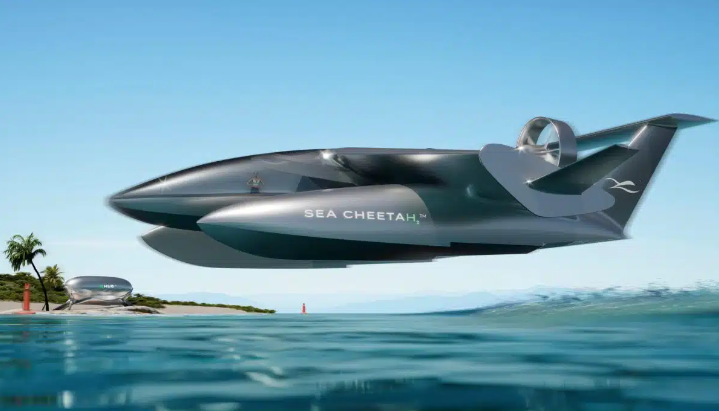The government has announced the creation of the Chagos Archipelago Marine Protected Area (CAMPA), a vast marine protected area covering approximately 645,835 km². This decision marks a major step forward in the conservation of the nation’s marine ecosystems. No commercial fishing activities will be permitted throughout the CAMPA — a flagship measure designed to safeguard the natural wealth and exceptional biodiversity of this region of the Indian Ocean.
According to the Prime Minister’s Office statement issued on Monday, November 3, the CAMPA will be divided into four zones in line with the International Union for Conservation of Nature (IUCN) categories
- A Strict Conservation Zone (IUCN Category Ib) of 23,712 km², aimed at preserving the biodiversity of the Great Chagos Bank. Members of the Chagossian community will be allowed supervised visits to maintain their cultural and spiritual values.
- A Conservation Zone (IUCN Category II), the largest, covering 612,611 km². It will protect seamounts, coral reefs, and marine wildlife, while allowing activities compatible with environmental protection, such as scientific research, education, and responsible tourism. Fishing will only be permitted on a sustainable basis for artisanal, traditional, or subsistence purposes.
- A Habitat Protection Zone (IUCN Category IV) of 2,251 km², where limited and controlled artisanal fishing will be allowed, as well as small-scale recreational or tourism activities.
- A Traditional Resettlement Zone (Category V) of 7,261 km², intended to support the sustainable resettlement of the Chagossian community while protecting marine wildlife and seascapes.
The government emphasized that this zoning aims to balance ecological protection and socio-cultural sustainability, while enabling the gradual resettlement of the Chagossian people.
Source: lexpress




